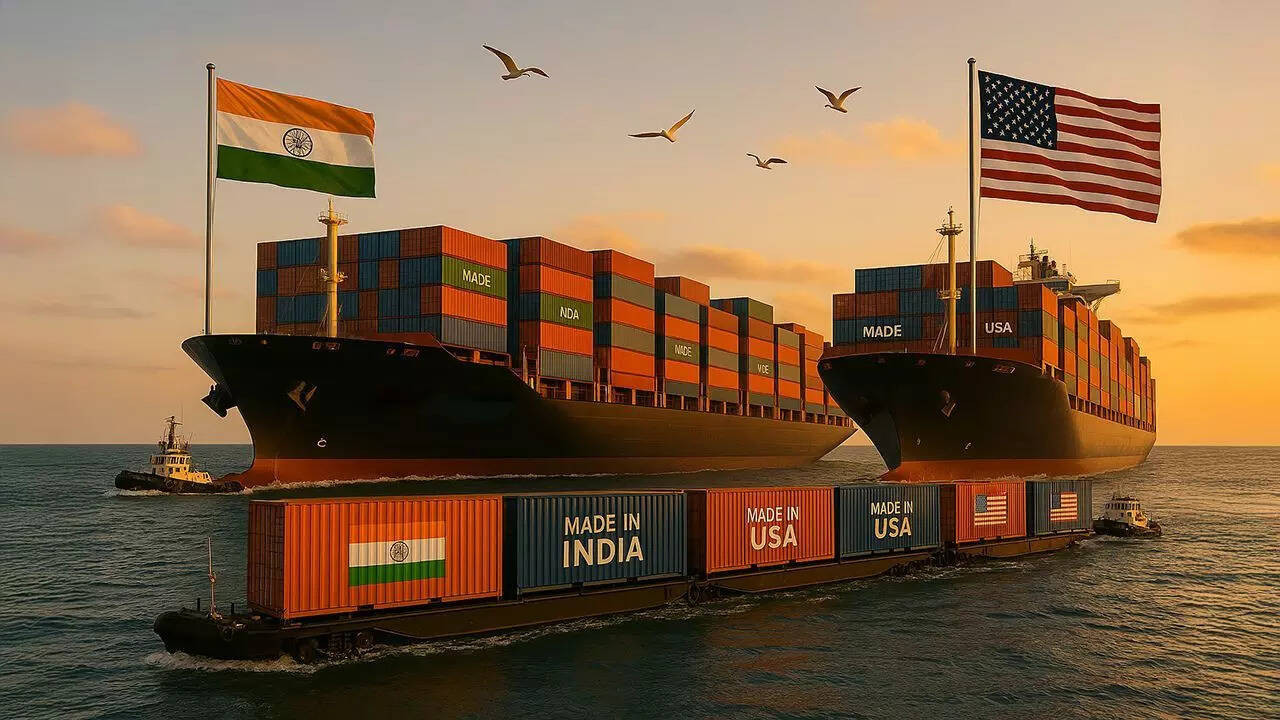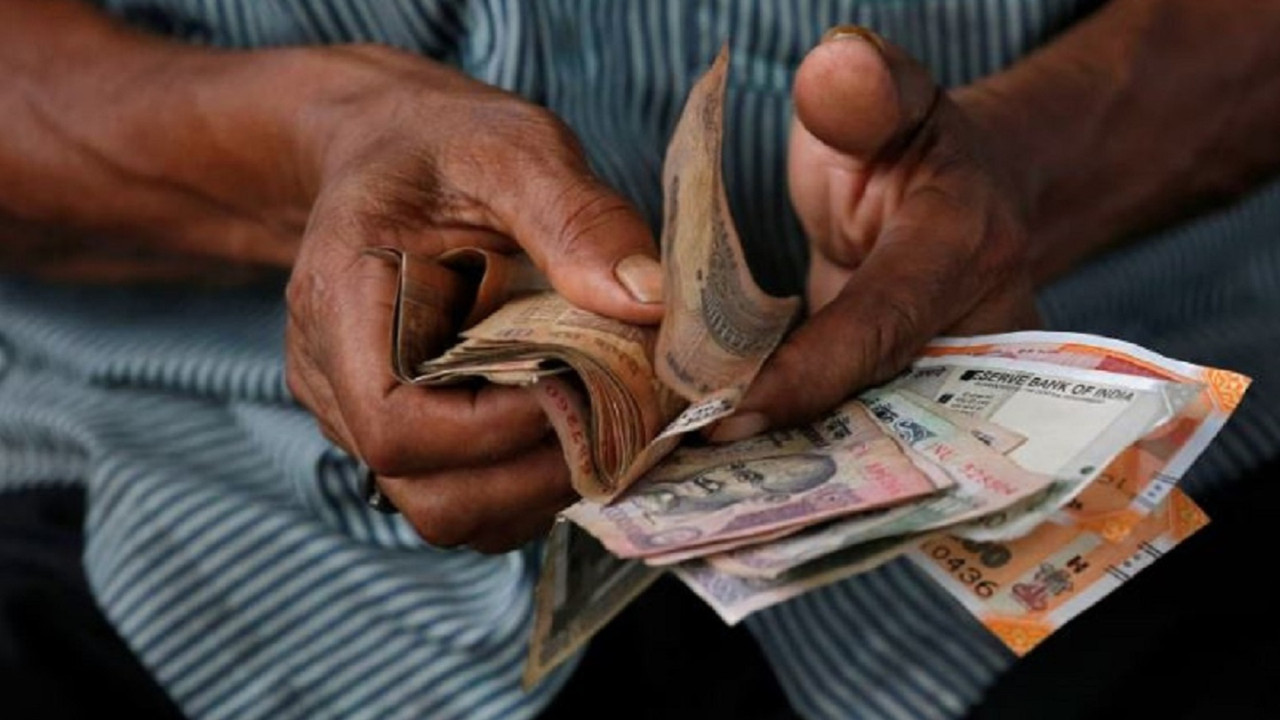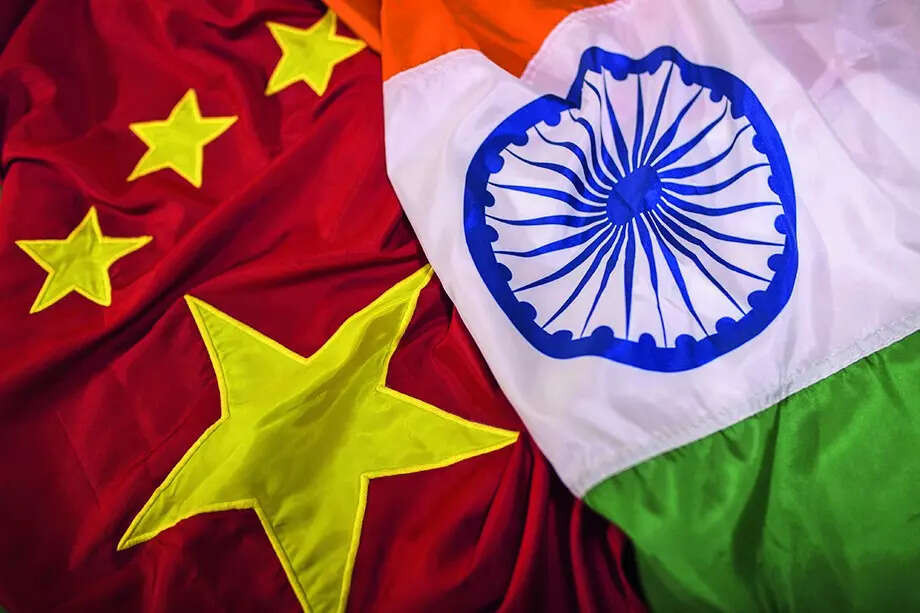Navigating the Tariff Terrain: What India’s US Trade Winds Really Mean
The airwaves are buzzing with news about potential tariff adjustments between India and the United States. Headlines can be alarming, but let’s cut through the noise and understand what’s really happening – and more importantly, what it means for businesses and consumers.
Recently, whispers (and then pronouncements) have emerged suggesting the US might be tweaking its tariff policies regarding certain Indian exports. This understandably causes a ripple of concern, conjuring images of trade wars and economic setbacks. But is that the full picture? Not necessarily.
Deconstructing the Tariff Talk: A Grounded Perspective
Instead of bracing for the worst, government sources suggest a more nuanced take. While adjustments are indeed on the table, the overall impact may be far less severe than initial headlines might suggest. We’re talking about specific sectors and products, not a blanket imposition of debilitating tariffs across the board.
Think of it as recalibrating a complex machine. The US and India have a robust trade relationship, and periodic adjustments are part of the process. These tweaks often stem from ongoing negotiations and discussions about market access, intellectual property, and fair trade practices.
The key point is this: both nations have a vested interest in maintaining a strong and stable economic partnership. Disrupting that relationship with drastic measures would hurt both sides.

Impact on Indian Businesses: A Measured Response
Of course, any tariff adjustment will have some impact on Indian businesses. Sectors that rely heavily on exports to the US, such as certain segments of the manufacturing and agricultural industries, might feel a pinch. However, it’s crucial to remember that Indian companies are remarkably adaptable.
Diversification is the name of the game. Savvy businesses are already exploring alternative markets, strengthening domestic demand, and innovating to stay competitive. The “Make in India” initiative, for instance, aims to boost local production and reduce reliance on exports.
Furthermore, government support and policy interventions can play a vital role in mitigating any negative effects. Streamlining export procedures, providing financial assistance, and negotiating favorable trade deals with other nations can help Indian businesses navigate these challenges.
Consumer Considerations: Will Prices Skyrocket?
For consumers, the immediate concern is often price increases. Will these US India tariffs translate to higher prices on everyday goods? The answer is likely a mixed bag. Some imported products might see a slight price uptick, but the overall impact on consumer spending is expected to be minimal.
Consider the scale of the Indian economy. Domestic consumption is a powerful engine of growth. While exports are important, they don’t represent the entirety of the picture. Moreover, businesses are often able to absorb some of the tariff costs or find alternative suppliers to keep prices competitive.
Beyond the Headlines: A Long-Term View of US India Tariffs
Instead of focusing solely on the immediate challenges, it’s important to take a long-term perspective. The US-India trade relationship is built on a foundation of mutual benefit and strategic alignment. Both countries recognize the importance of fostering a stable and predictable trade environment.
This means that negotiations and discussions will continue, with the aim of resolving outstanding issues and strengthening the partnership. Trade agreements are not static documents; they evolve over time to reflect changing economic realities and priorities.
Interested in more analysis of international markets? Read our piece about the rise of ecommerce in Southeast Asia.
Ultimately, the current situation calls for a measured and proactive approach. By understanding the nuances of the trade relationship, supporting Indian businesses, and fostering open communication, we can navigate the tariff terrain and emerge stronger on the other side.
While adjustments to US India tariffs are happening, they shouldn’t be a cause for panic. With strategic planning, diversification, and continued dialogue, both nations can ensure a prosperous and mutually beneficial trade future. The focus now should be on adaptability and collaboration to leverage the situation for long-term growth and stability.







